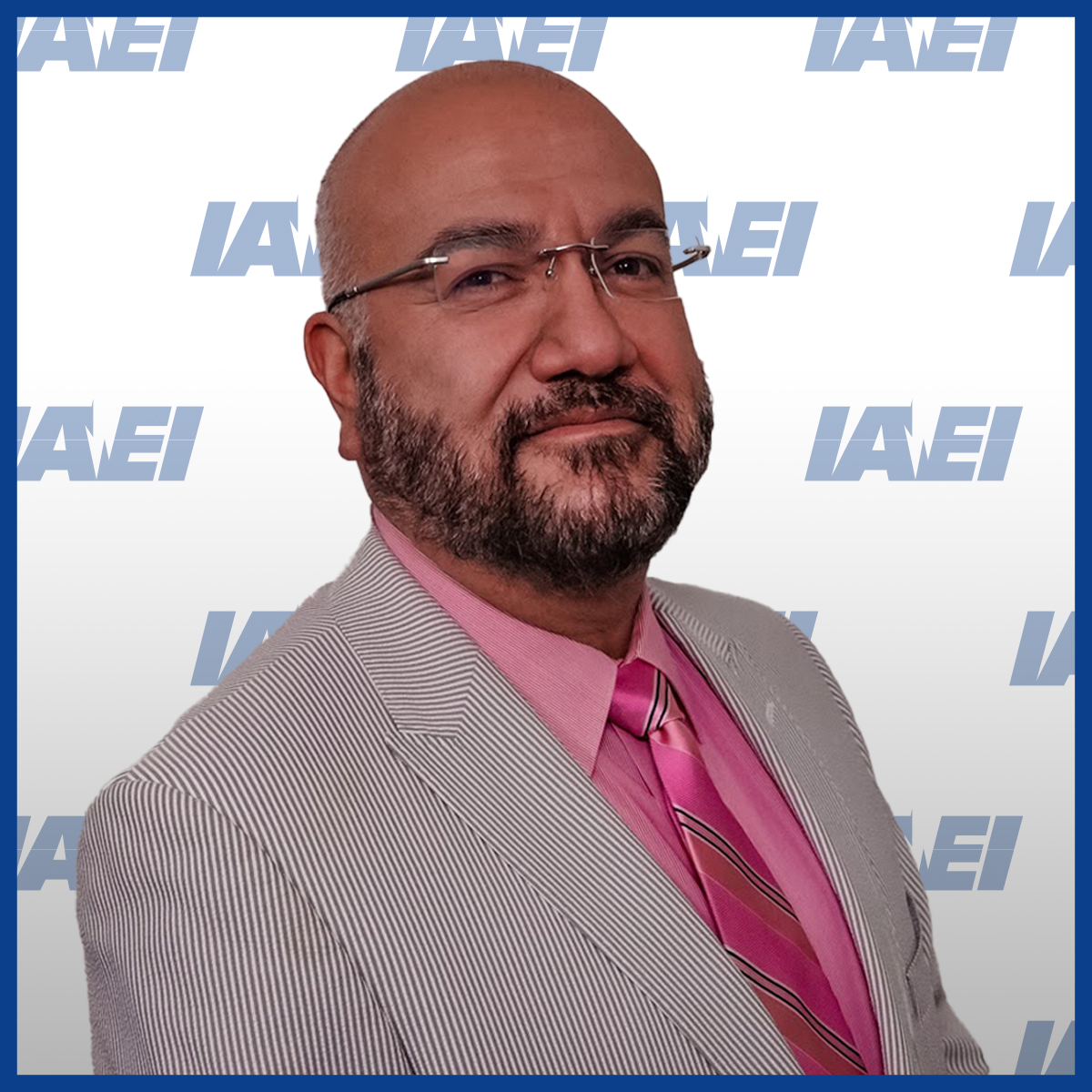If you recall in the January-February issue, I mentioned that IAEI is developing a comprehensive strategic plan—including marketing and governance structure—to support growth and long-term sustainability for the association. In the same issue Steve Jones, our 2016 President, went into greater detail regarding the need for IAEI to develop such a plan and outlining the process of how we are to get there. He stated, “Each step of the process will be completely open and transparent.”
To assist the Strategic Planning Committee and consultants in the development of a new plan, we conducted a membership survey in January and February. The information we received from our members is instrumental in helping us understand how they view the association and its services, and it provides insights into what we need to do to adapt to our members’ needs. This feedback from the members is invaluable and allows us to compare the 2016 responses to the replies from similar questions asked in the 2013 and 2008 Membership Surveys.
I want to thank personally everyone who responded. We had an excellent response rate of 20%, with a low margin of error of ±3% at a confidence level of 99%. Here are some of the highlights of the survey results.
Results in Brief
(Excerpts from the Membership Survey Executive Summary)
Membership Satisfaction. Overall, IAEI members are pleased with their membership (87%), with corporate members being the most satisfied (95%). Referrals are potentially strong, as 91% of members would recommend IAEI to a colleague.
Aging membership. IAEI is an aging association, with 83% of the respondents being 50 years or older; less than 5% were 39 years or younger. Twenty-two percent were 65 and older as opposed to 2% in the 2004 survey.
Member Benefits. Education/training and CEUs are the most commonly discussed items within the study. IAEI members value training opportunities and the ability to get CEUs is one of the most valuable aspects of being an IAEI member:
- Electrical code training (93%)
- Seminars and workshops (85%)
- CEU opportunities (83%)
Education Delivery. Members would most likely attend:
- On-site seminars (77%)
- Hands-on workshops (75%)
- Online courses (69%)
- Self-study guides (68%)
- Webinars (54%)
Additional analysis is being done to assess how many members could be reached by online training.
Training Payment. There has been a shift in employer-paid benefits for technical training. In 2008, over 60% of employers paid for full cost; in 2016, this number was down to 35%. Likewise, employer requirements for attendance have dropped. In the 2008 survey, 17% indicated that their employers required them to attend training classes compared to 6% in the 2016 survey.
Industry Benefits. Those provided by membership, include:
- Sharing code knowledge with others (92%)
- Lobbying for current code adoption (70%)
- Participating in the code development process (68%)
- Published articles on safe installations (90%)
- Supporting safety in their local jurisdictions (89%)
- Networking with other members (80%)
- Developing leadership skills (69%)
Additional Member Benefits. Top additional benefits of importance selected were:
- Advocate for electrical industry priorities beyond code adoption (69%)
- Additional training, such as leadership development training (60%) or customer relations training (48%)
- Other services, such as travel discounts (52%) or liability insurance (49%)
Hear about IAEI. The majority of respondents first heard of IAEI through:
- Word of mouth (63%)
- Employment directive (23%)
Membership Cost. IAEI benefits as viewed by the membership:
- A majority (57%) very much worth the price
- 34% see it as of some value
- Only 2% perceive no value
Chapters and Divisions
Chapter Satisfaction. Satisfaction with local chapters or divisions increased by 4% from the 2008 survey level to 74%.
Chapter Meeting Participation. Respondents noted that they participated in local events in the past year:
- Monthly (11%)
- 6 to 8 times/year (12%)
- 3 to 5 times/year (19%)
- 1 or 2 times per year (31%)
- Not at all (27%)
Respondents attended:
- Regular meetings (47%)
- Annual meetings (40%)
- Special one-time events (30%)
- Do not attend any events (21%); a key reason given is because the majority of the meetings are too far away or not often enough.
Local Education.
- Education plays a key role at the local level with 76% to 80% quality ratings:
- Obtaining training education (80%) at local meetings
- Obtaining CEU credits (73%)
- Promoting electrical safety (79%)
Mentoring Program.
There is significant interest in a professional mentoring program:
- A little under half (41%) interested
- Of those, 53% would like to serve as a mentor
- While 47% would like to be mentored
The information from the survey along with information received from the focus groups during last year’s Section meetings coupled with key stakeholder interviews will provide the necessary information that will assist the Strategic Planning Committee and the International Board of Directors in setting a clear path and direction for IAEI over the next five years and into the future.
I thank you for your participation in providing your views and feedback. It is critical that we listen to our members and industry partners as you are the future of IAEI.
“I like the dreams of the future better than the history of the past. —Thomas Jefferson










Find Us on Socials